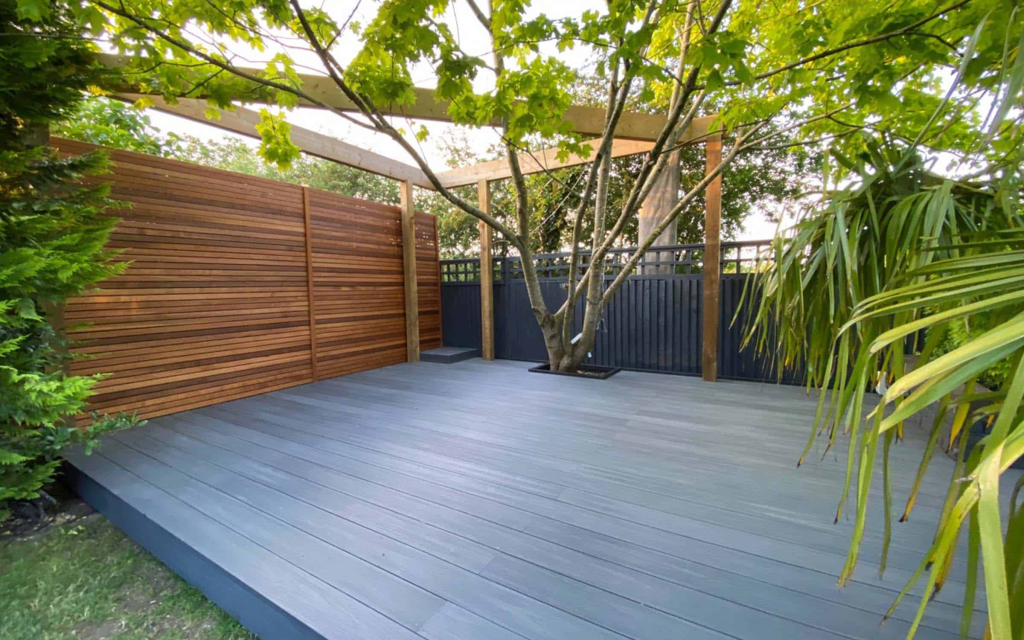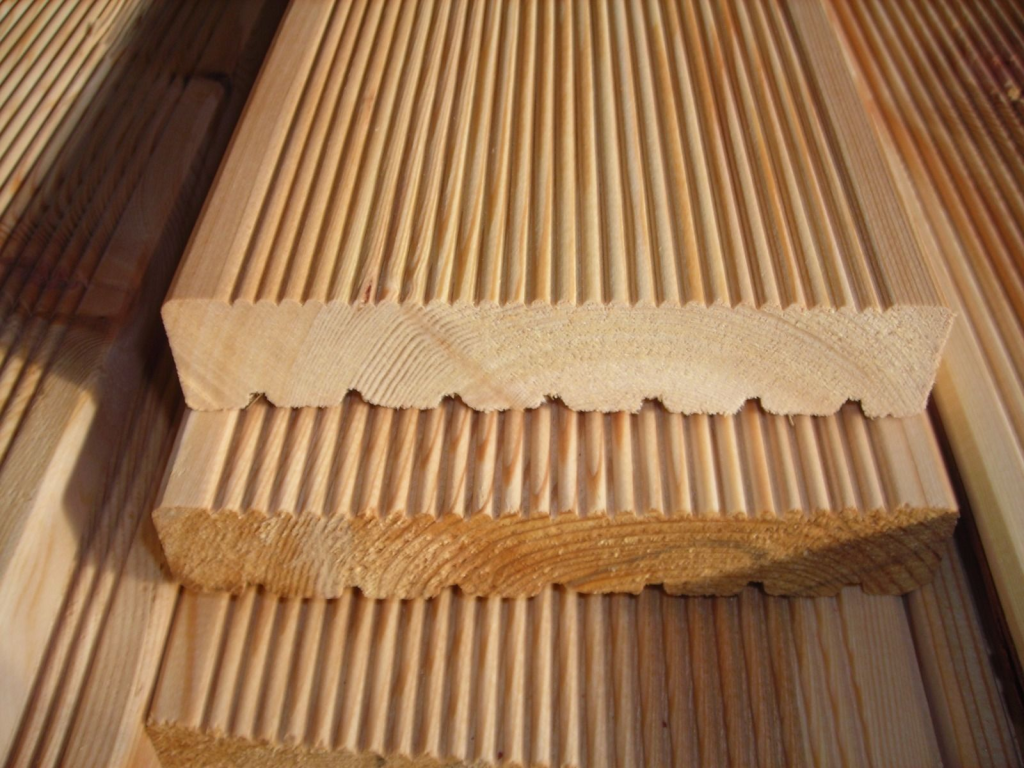When it comes to creating the perfect outdoor oasis, one of the most important decisions you’ll make is choosing the right decking material; but have you ever considered the thickness of your deck boards? The thickness of your decking plays a crucial role in its overall strength, durability, and performance. In this guide, we’ll explore the different factors that influence the best thickness for your decking. Whether you’re a seasoned DIY enthusiast or someone considering their first deck project, join us as we dive into the world of decking thickness.

Understanding Wood Decking Thickness
Wood has long been a popular choice for decking due to its natural beauty and versatility. The standard thickness for all types of wood is typically 1 inch (25mm). However, depending on the type of wood you choose, opting for a thicker board can provide added sturdiness. Let’s take a closer look at some key considerations:
1. Type of Wood
Different types of wood have varying levels of strength and durability. For softer woods like pine or cedar, opting for a thicker board can help compensate for their lower density and provide better stability over time. Thicker boards are less likely to warp or sag under heavy foot traffic or adverse weather conditions.
2. Span Length
The distance between joists or supports underneath your deck plays a significant role in determining the appropriate thickness for your decking boards. Longer spans require thicker boards to ensure structural integrity and prevent excessive flexing or bouncing when walked upon.

3. Load-Bearing Capacity
Consider how much weight your deck will need to support regularly. If you anticipate hosting large gatherings or placing heavy furniture on your deck, choosing thicker boards can help distribute weight more evenly and prevent sagging or damage over time.
4. Aesthetic Preferences
Thicker decking boards can create a bolder visual statement and provide a more substantial feel underfoot. If you’re looking for a deck with a strong and robust appearance, opting for thicker boards can contribute to the overall aesthetic appeal of your outdoor space.
Exploring Non-Wood Decking Options
While wood decking has its charm, it does require regular maintenance and may not be the best option for everyone. If you prefer a low-maintenance and highly durable decking material, non-wood alternatives like RealGroove™ polymer deck boards are an excellent choice. Here’s why:

1. Superior Durability
RealGroove™ polymer deck boards are engineered to withstand the harshest elements without fading, scratching, or staining. With their advanced polymer core and protective cap, these boards offer exceptional resistance to moisture, insects, and UV rays.
2. Variety of Thicknesses
Unlike traditional wood decking, RealGroove™ offers multiple thickness options to suit your specific needs. Whether you prefer a standard 1-inch board or a beefier 1.5-inch board for added strength, there’s a thickness that caters to your preferences.
3. Enhanced Performance
The innovative technology behind RealGroove™ ensures long-lasting performance that surpasses traditional wood decking. These boards are designed to resist cupping, warping, or splitting over time while maintaining their structural integrity and beauty.
4. Sustainability
Choosing non-wood decking options contributes to sustainable practices by reducing the demand for logging and preserving natural forests worldwide. With RealGroove™, you can enjoy the benefits of a stunning deck while minimizing your environmental impact.

Weighing Your Options: Wood vs Non-Wood Decking Thickness
As you consider which thickness is best for your decking project, it’s essential to evaluate the pros and cons of each material type. While wood offers a classic look and feel with the option of thicker boards for added strength, non-wood decking materials like RealGroove™ provide superior durability, low maintenance, and a variety of thickness options to suit your needs.
Making Your Decision
Choosing the right thickness for your decking ultimately depends on your specific requirements, preferences, and the material you select. Consider factors such as wood type, span length, load-bearing capacity, and desired aesthetic appeal. If you opt for non-wood decking like RealGroove™, take advantage of their range of thicknesses to tailor your deck’s strength and appearance to perfection.
In conclusion, selecting the best thickness for your decking is a crucial decision that impacts both aesthetics and functionality. Whether you choose wood or non-wood decking materials, make sure to consider the unique characteristics of each option and how they align with your priorities. By understanding the factors at play and weighing your options carefully, you’ll be well on your way to creating a beautiful and long-lasting deck that enhances your outdoor living experience.

